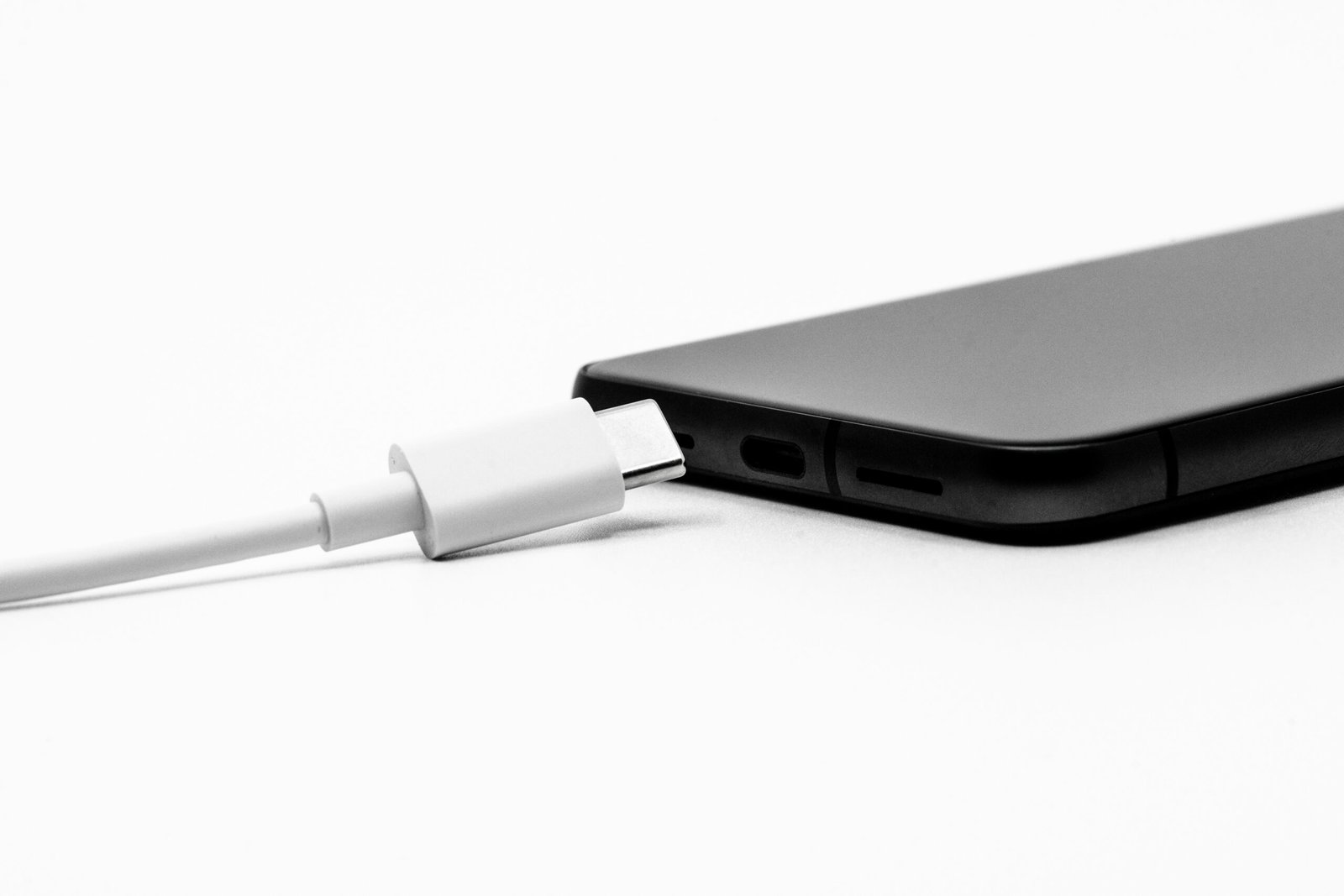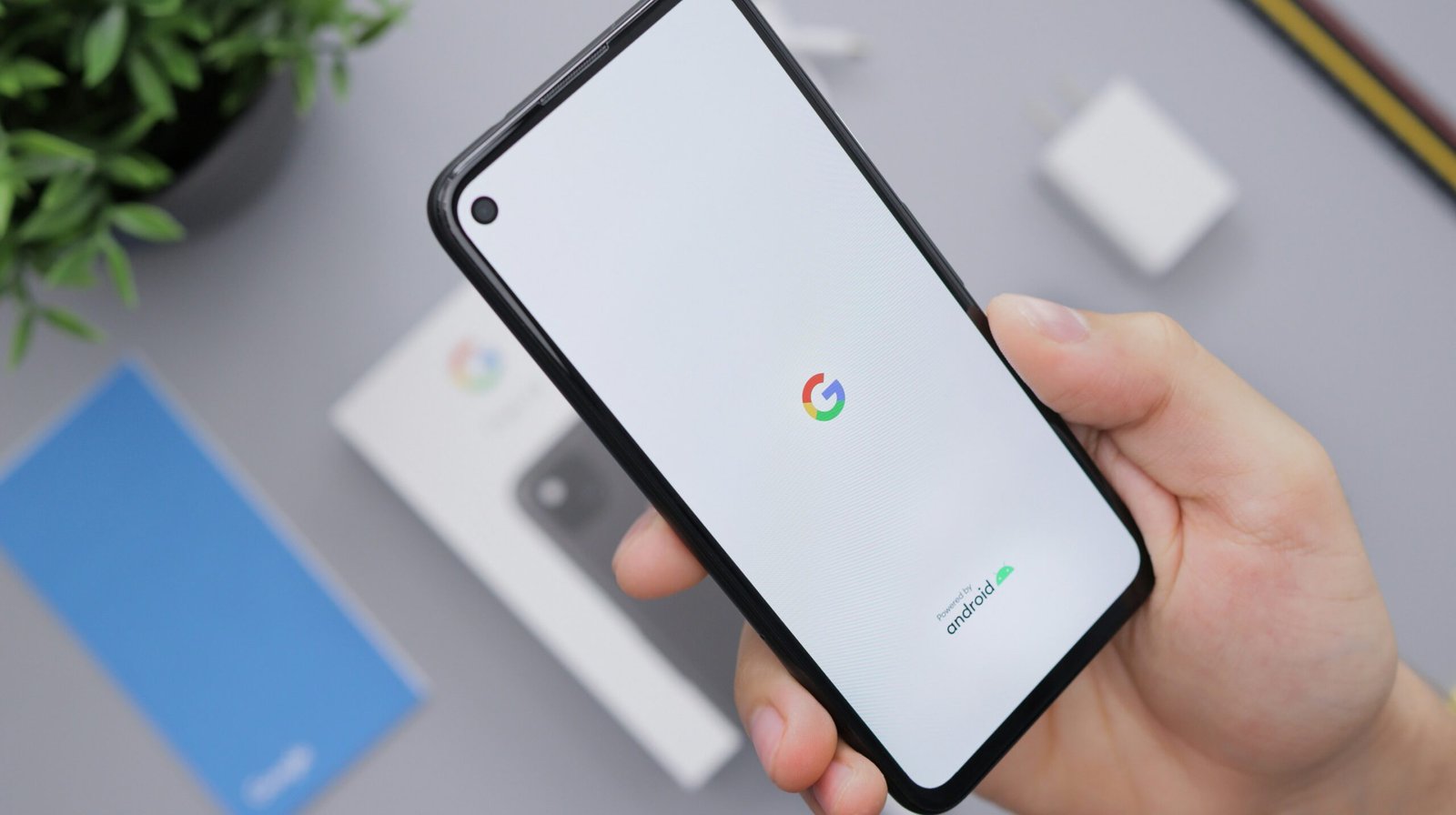Google Hits Out at Apple with the ‘Affordable’ Pixel 9a, Undercutting the Price of the iPhone 16e
In a bold move to challenge Apple’s dominance, Google has unveiled the Pixel 9a, a budget-friendly alternative that directly takes on the iPhone 16e. With aggressive pricing and a feature-packed experience, the Pixel 9a aims to capture a larger share of the smartphone market by offering premium specifications at a fraction of the cost. Here’s how Google’s latest offering stacks up against Apple’s mid-range contender.
Pixel 9a vs iPhone 16e: Price War Intensifies
Google’s Pixel 9a is priced significantly lower than the iPhone 16e, making it a highly attractive option for budget-conscious consumers. While Apple continues its premium pricing strategy, Google’s competitive pricing aims to make flagship-like features more accessible to the masses. With a starting price rumored to be under $500, the Pixel 9a undercuts Apple’s iPhone 16e, which is expected to start at around $699.
Design and Build: Premium Feel at a Lower Cost
Google has refined the design of the Pixel 9a, incorporating a sleek aluminum frame and a smooth matte finish. The phone retains the signature Pixel camera bar, giving it a unique yet premium look. In contrast, the iPhone 16e follows Apple’s traditional aesthetic with its ceramic shield front and aluminum back, maintaining Apple’s legacy of premium craftsmanship.
While both devices boast water and dust resistance, Google has managed to offer IP67 protection at a lower price point, a feature that was once exclusive to high-end smartphones.
Display: OLED vs Super Retina XDR
The Pixel 9a features a 6.1-inch OLED display with a 120Hz refresh rate, ensuring smooth scrolling and an immersive viewing experience. Google has also improved brightness levels, making it competitive with flagship models.
Meanwhile, the iPhone 16e sports a 6.1-inch Super Retina XDR display, offering Apple’s True Tone technology and a slightly higher peak brightness. However, Apple still limits the refresh rate to 60Hz on its non-Pro models, giving the Pixel 9a an advantage in terms of fluidity and responsiveness.
Performance: Google Tensor G3 vs A16 Bionic
The Pixel 9a is powered by Google’s in-house Tensor G3 chipset, promising AI-driven enhancements and optimized performance. The Tensor G3 enables advanced machine learning, improved computational photography, and enhanced security features, making it a solid performer for everyday tasks.
On the other hand, the iPhone 16e is expected to feature the A16 Bionic chip, the same processor found in the iPhone 15 Pro models. While Apple’s chipset generally outperforms Google’s in raw benchmarks, Pixel devices are known for their efficiency, AI features, and long-term support.
Camera System: Computational Photography at Its Best
Google has consistently set the benchmark for smartphone photography, and the Pixel 9a is no exception. The device is expected to feature a dual-camera setup with a 50MP primary sensor and a 12MP ultra-wide lens, offering exceptional low-light performance, AI-powered enhancements, and superior HDR processing.
Apple’s iPhone 16e, equipped with a 12MP main sensor and 12MP ultra-wide lens, continues to deliver excellent color accuracy and video recording capabilities. However, Google’s advanced computational photography gives the Pixel 9a a noticeable edge in post-processing and night mode performance.
Software and Updates: Android 15 vs iOS 18
The Pixel 9a will debut with Android 15, bringing a clean UI, exclusive Pixel features, and extended software support. Google promises at least five years of security updates, ensuring longevity for its devices.
Apple’s iPhone 16e will launch with iOS 18, integrating Apple’s tightly controlled ecosystem. While iOS guarantees software updates for up to six years, Google’s latest Pixel UI enhancements and AI-driven optimizations make the Android experience more intuitive than ever.
Battery Life and Charging: Who Lasts Longer?
Google has significantly improved battery efficiency on the Pixel 9a, with a 4,500mAh battery that supports fast wired and wireless charging. AI-driven optimizations help extend battery life, ensuring a full day of usage.
The iPhone 16e, with its 3,279mAh battery, benefits from Apple’s tight software-hardware integration. However, Apple continues to lag in fast charging speeds, with the iPhone 16e rumored to support only 20W wired charging, while the Pixel 9a supports up to 30W fast charging.
Connectivity and Additional Features
Both devices support 5G connectivity, Wi-Fi 6E, and Bluetooth 5.3, ensuring seamless performance in modern networks. However, Google offers a built-in VPN service for additional security, while Apple focuses on iCloud+ privacy enhancements.
Google has also retained the fingerprint scanner on the Pixel 9a, alongside face unlock, whereas Apple continues to rely solely on Face ID. This gives users an extra layer of biometric security and convenience.
Final Verdict: Is the Pixel 9a the Best Affordable Flagship?
Google’s Pixel 9a presents a compelling case for users seeking a feature-rich, affordable smartphone without compromising on quality. With a high refresh rate display, advanced AI-driven camera system, longer battery life, and aggressive pricing, the Pixel 9a easily challenges the iPhone 16e in multiple aspects.
While Apple’s ecosystem remains unmatched, the Pixel 9a offers a better value-for-money proposition, making it a top contender in the mid-range smartphone segment. If you’re looking for a device that delivers flagship-like performance at a fraction of the cost, Google’s Pixel 9a is the clear winner.
Introduction to the Pixel 9a
Google has launched its latest budget-friendly smartphone, the Pixel 9a, aiming to disrupt the market by offering an affordable alternative to Apple’s flagship devices. With its competitive pricing, the Pixel 9a positions itself as a smart choice for consumers in search of quality without breaking the bank.
Features That Stand Out
The Pixel 9a comes packed with impressive features that rival those found in pricier models. Sporting a vibrant display, a powerful camera system, and Google’s renowned software experience, it appeals to tech enthusiasts and casual users alike. In comparison to the iPhone 16e, the Pixel 9a offers similar capabilities at a much lower price point, making it an attractive option for many.
Pricing Strategy: A Smart Move
One of the standout features of the Pixel 9a is its pricing strategy. By undercutting the iPhone 16e, Google aims to capture a larger market share among budget-conscious consumers. This move not only challenges Apple’s dominance in the premium smartphone segment but also emphasizes how consumers can choose high performance without the high price. With the Pixel 9a, Google is making a strong statement that quality technology should be accessible to everyone.


